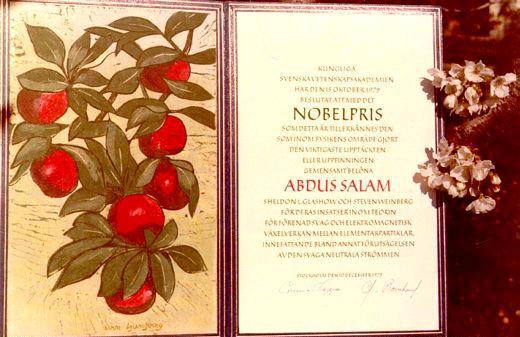The Greek knew before 600 B.C that a rubbed stick could attract the pieces of amber . This observation led to the development of modern electronic age which we are living in. the strength of connection between Greek observation and this modern age is the word 'electron' which is derived from the Greek word for Amber.

Greek also knew that some naturally occuring stones, which now we know as mineral magnetite, attract the iron pieces . This observation led to the development of sciences of electricity and magnetism.
4519_fa_rszd.jpg)
In 1820, Oestred discovered a relation between electricity and magnetism during preparation of lecture for his physics students. He discovered that a current carrying wire could deflect the magnetic compass needle placed nearby.

The science of electromagnetism was developed by Micheal Faraday and all of his work does not contain a single mathematical equation. All his work was put into mathematical form by J.C Maxwell and he also introduced many ideas of his own. The four Maxwell's equations play the same role in electromagnetism that Newton's laws of motion play in classical mechanics. Maxwell concluded that light is electromagnetic in nature and that speed of light can be calculated from electric and magnetic measurements. Thus there is a connection between electromagnetism and optics
_fa_rszd.jpg)
After Maxwell a Dutch physicist, H.A Lorentz contributed a lot in clarification of Maxwell's equations. And a great achievement of H Hertz was that he, after more than 20 years of development of Maxwell's equation, produced 'radio waves' in laboratory. Then Marconi and others made a practical application of electromagnetic waves in the form of radio.
Present electromagnetism takes two forms.
On practical level Maxwell's equations are used to study the electric and magnetic properties of new materials and to design new more complex devices.
And on most fundamental level efforts are made to discover some relation between electromagnetic force and weak nuclear forces. Partial success was achieved by Steven Weinberg and Abdus-Salam (he was a Pakistani citizen and he is the only pakistani who achieved Nobel Prize for this theory. He shared Nobel Prize with Glashow and Weinberg in 1979.) independently proposed a theory originally developed by Glashow that predicted the connection between electromagnetic interaction and weak nuclear interaction which is responsible for certain radioactive decay processes.

_fa_rszd.jpg)
_fa_rszd.jpg)
These predictions can be tested experimentally. Further work is being done to explain this interaction between weak nuclear force and electromagnetic force.



